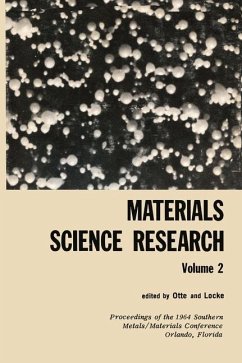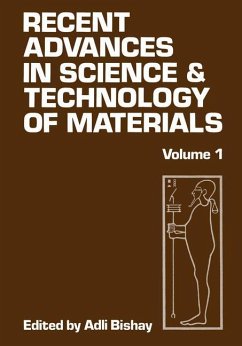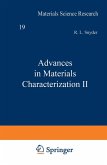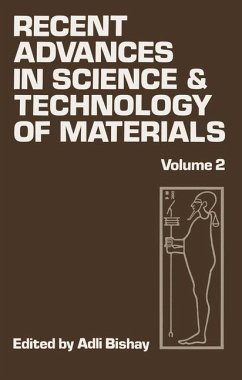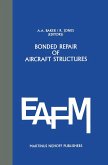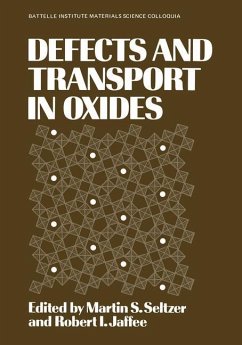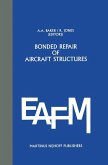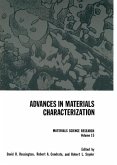The challenges of space exploration are a great stimulus to our technologies today. Development of successful aerospace programs has required the best efforts of the scientist and engineer in almost every discipline. Not so long ago, it truly could be said that designers are trying to develop tomorrow's vehicles with yesterday's materials. Unfortunately, we find that the situation remains nearly the same today. The purpose of this conference was to identify materials, proces ses, and methods that show the greatest potential in future space technology and to define the gap between mission requirements and materials application. Of the many properties of materials, the one in which the largest gap between fundamental understanding and practical application appears to exist is the mechanical property, particularly of crystalline materials. The emphasis on crystalline materials is a natural one. It is these materials which are used primarily when demands are placed on mechanical strength, especially at elevated temperatures. The advent of space exploration requires the utilization of materials in environments and under conditions that are a challenge to the resourcefulness and ingenuity of the scientist and engineer. The scientist can, as a result of the past thirty years' work, relate mechanical properties to the formation, motion, and interaction of individual crystalline defects, such as vacancies, interstitials, and dislocations. Furthermore, he can, by controlled preparation of his materials, confine his studies to those cases in which the concentration of crystal defects is conveniently low.
Hinweis: Dieser Artikel kann nur an eine deutsche Lieferadresse ausgeliefert werden.
Hinweis: Dieser Artikel kann nur an eine deutsche Lieferadresse ausgeliefert werden.

